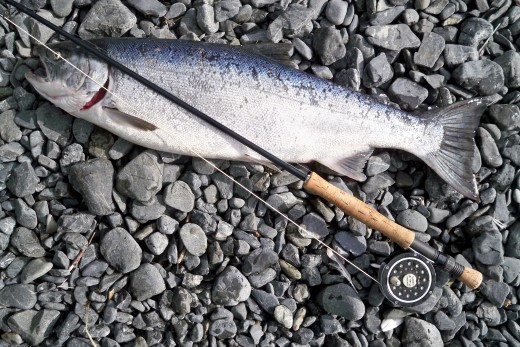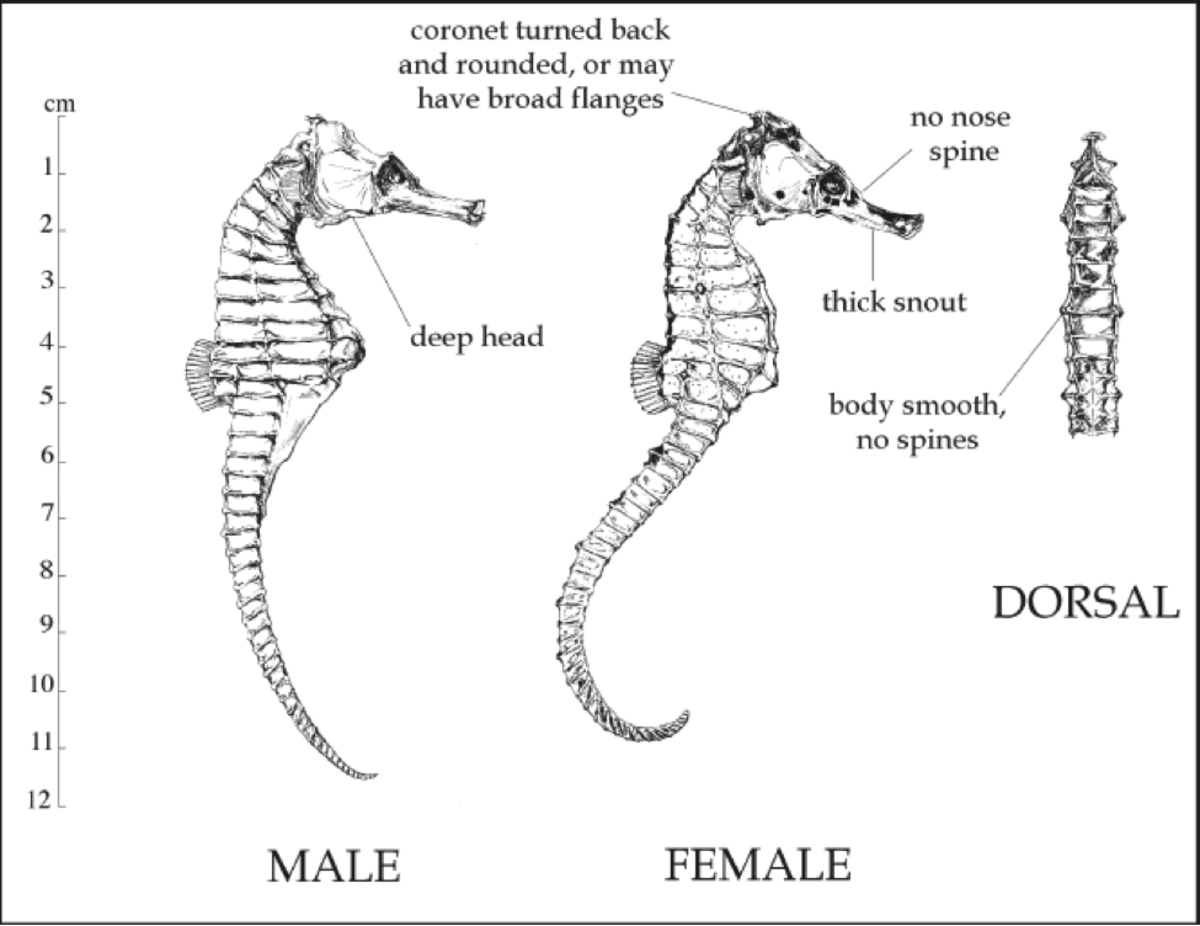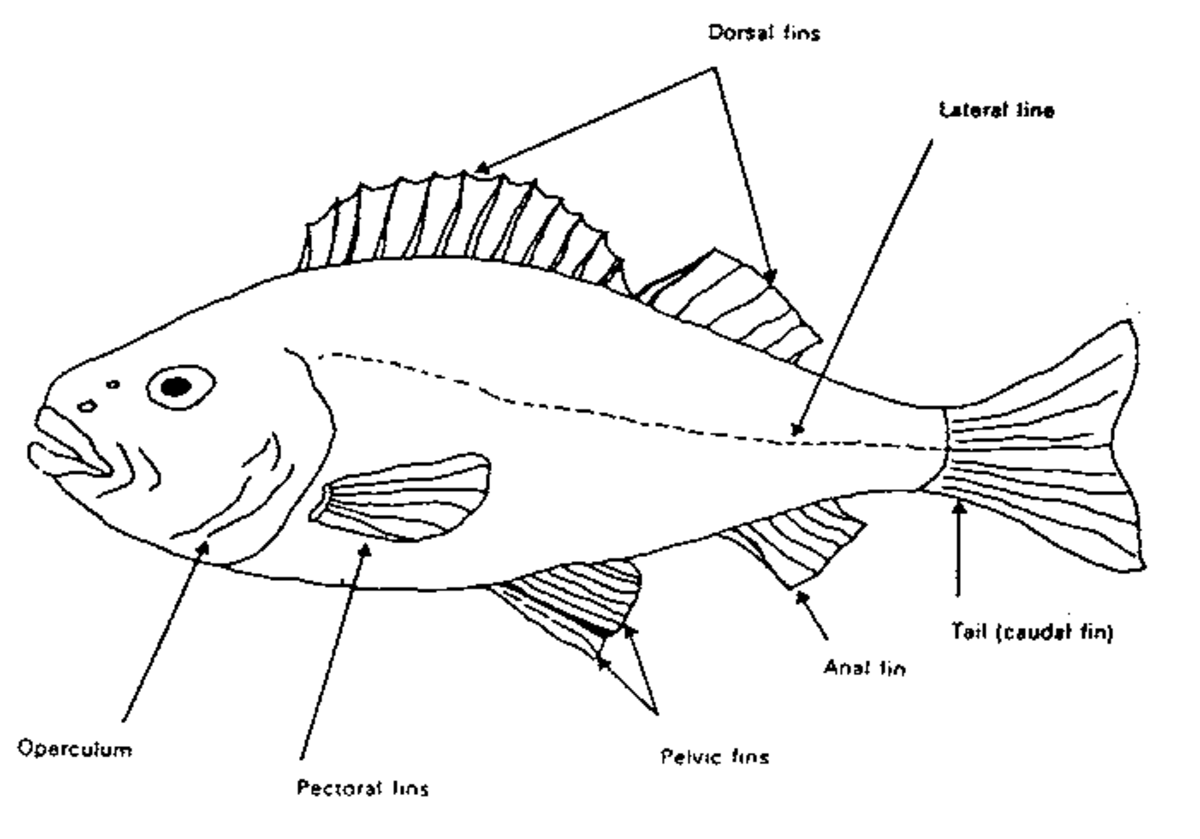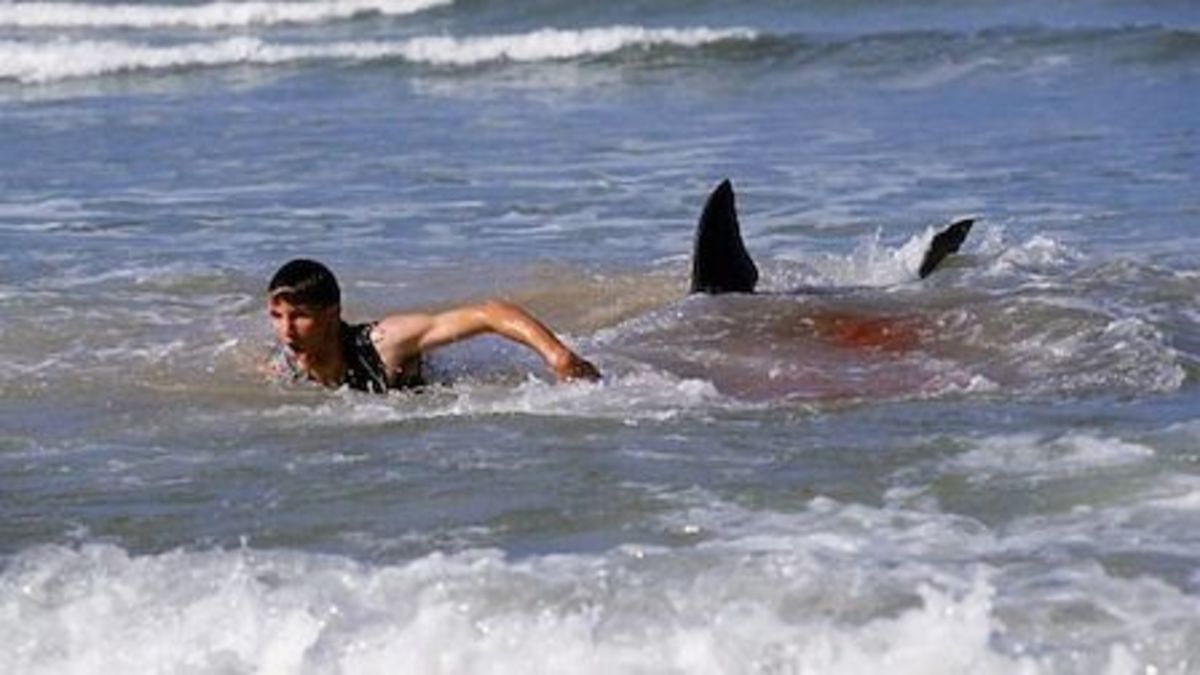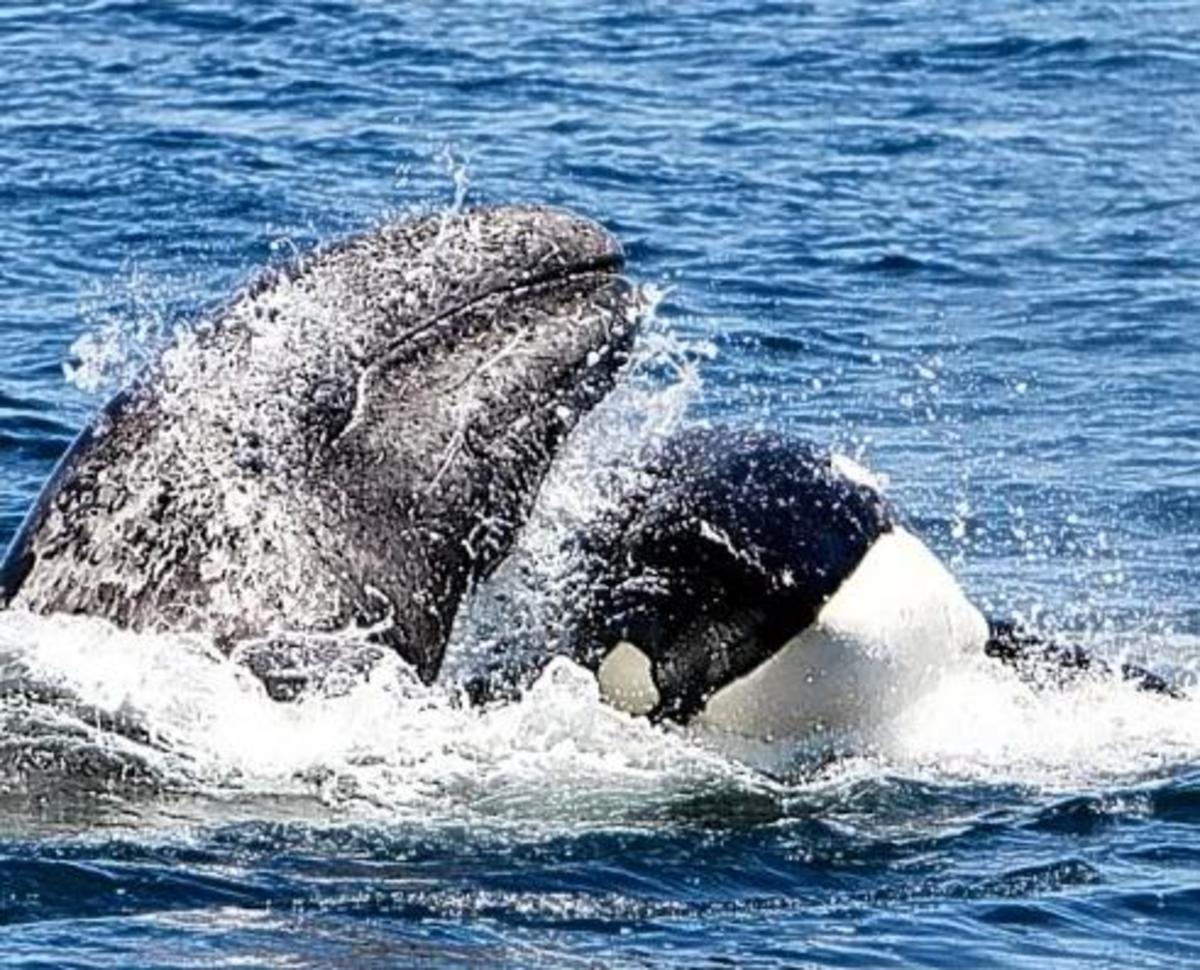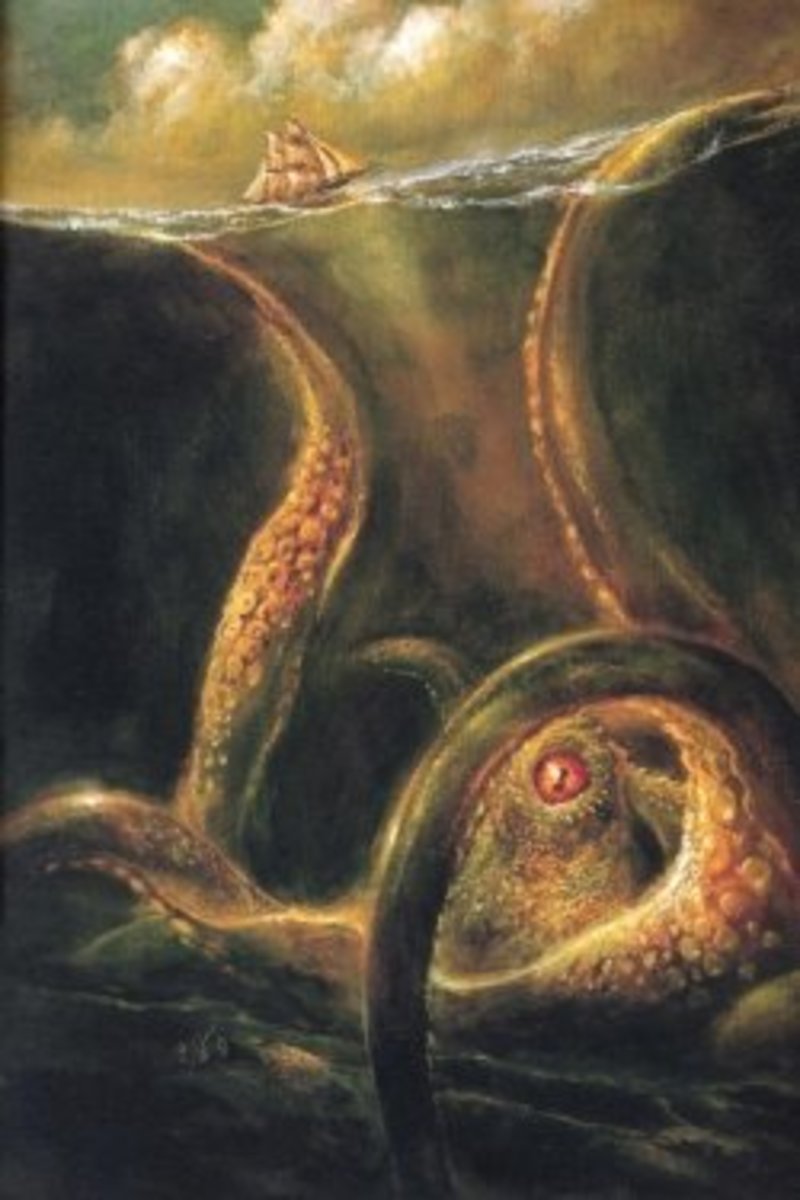- HubPages»
- Education and Science»
- Life Sciences»
- Marine Biology»
- Marine Life
The Atlantic Salmon's Life Cycle
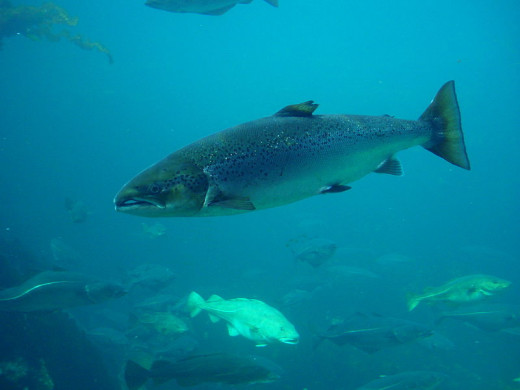
The Atlantic salmon's (Salmo salar) life cycle is very fascinating and it is truly a resilient fish. The fish is of the family Salmonidae. 'Salar' means leaper, maybe because of the fact that the mature salmon is a great leaper and 'Salmo' is a foreign term for salmon.They are mainly found around the northern Atlantic Ocean and Europe and also in rivers that are connected to the Atlantic. The fish are farmed and grown capably in Canada, Chile, Norway, United States and many other countries.
The life cycle of the Atlantic salmon first begins with an egg being laid in the gravel at the upper end of a river. After the egg hatches, the young salmon stays at the upper end of the river until it is a two year old when it descends down the river to the main sea. The fish swims across the North Atlantic to feed off Greenland, and they are very navigators too. Because of that, they remain feeding off Greenland for a length of time, let us say between one to five years before returning to the location where it was born, the upper end of the river. Even if they were thousands of miles away, they know their routes very well which is quite remarkable.
This precise journey from its birthplace may cover several miles before the Atlantic salmon locates the river and magnificently leaps and swims upstream through the waterfalls and fast-flowing parts of the course of rivers (or known as rapids). In fact, the salmon arrives at the spawning areas by October and then relaxes in pools nearby. Around November and December the female salmon moves up to the spawning area. The female builds a nest by lifting stones with its tail to make a hole between 12 to 15 centimeters deep. The male salmon then joins the female and at the same time they shed eggs and the reproductive gland where the sperm of the male fish is filled.
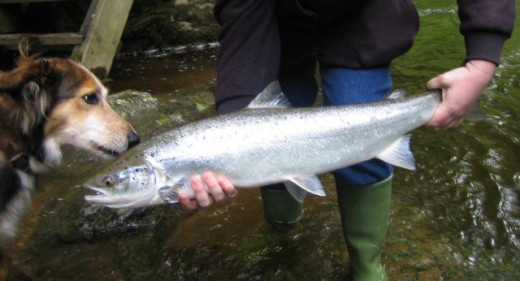
The semen (milt) of the male fish contains millions of spermatozoa which fertilize the eggs, and is then covered by stones by the female salmon. In the process, the female makes up some holes, around 8 presumably, to deposit several thousands of eggs. The eggs hatch after over 3 months but the young fish remain in the stones for 30 days feeding on the yolks of the egg. After this periodical process, they emerge from the stones and start to feed on tiny animals.
To continue on, once the parents have entered the river to spawn they stop eating, and after spawning they are very weak and the rates of survival are only between 2 and 5 percent. Any Atlantic salmon that do survive in the process of spawning, they usually return to the ocean and may come back again after a couple of years time.
Marine biologists and oceanographers believe that the Atlantic salmon navigates across the large sea by salinity, temperature of the water and maybe by the magnetic fields. Due to this navigational process, the salmons then used the trail of bile salts left by the departing young salmons to trace its river of birth.
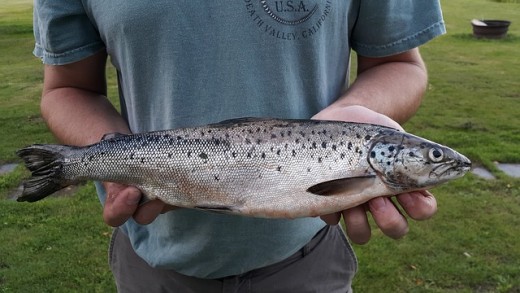
Atlantic salmons can grow between 70 to 130 centimeters in length. They can weigh between 2 to 13 kilograms, but depends on how large each one grows. Atlantic salmons feed on small fish, freshwater shrimps, particular insects, herrings and marine fish. To recognize an Atlantic salmon, their description is quite clear and distinct. Their body is silvery with dots on the upper sides. Their snout is rather sharpish and small dark fatty fins. Their belly is silvery-white with a pink trace colored slightly which then alters to red color at the time of spawning.
A similar fish to the Atlantic salmon is the trout which is smaller and the wrist is fatter at the tail, and also the Atlantic salmon is a far relative to the group of Pacific salmons, especially the brown trout (Salmo trutta). Finally, the Atlantic salmon is known by other names in the business industry, and may also be regarded as the silver salmon, bay salmon, black salmon, spring salmon or the landlocked salmon.
